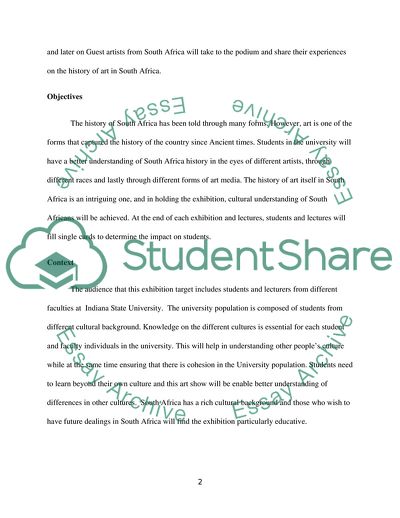Cite this document
(The History of Art in South Africa Research Proposal Example | Topics and Well Written Essays - 2000 words - 1, n.d.)
The History of Art in South Africa Research Proposal Example | Topics and Well Written Essays - 2000 words - 1. https://studentshare.org/history/1773217-art-in-south-africa
The History of Art in South Africa Research Proposal Example | Topics and Well Written Essays - 2000 words - 1. https://studentshare.org/history/1773217-art-in-south-africa
(The History of Art in South Africa Research Proposal Example | Topics and Well Written Essays - 2000 Words - 1)
The History of Art in South Africa Research Proposal Example | Topics and Well Written Essays - 2000 Words - 1. https://studentshare.org/history/1773217-art-in-south-africa.
The History of Art in South Africa Research Proposal Example | Topics and Well Written Essays - 2000 Words - 1. https://studentshare.org/history/1773217-art-in-south-africa.
“The History of Art in South Africa Research Proposal Example | Topics and Well Written Essays - 2000 Words - 1”. https://studentshare.org/history/1773217-art-in-south-africa.


